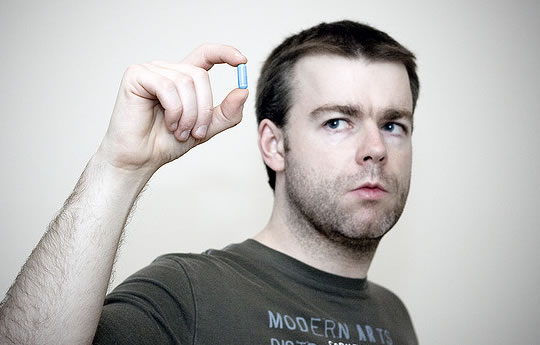Being different is stressful.
Young people belonging to alternative subcultures, like metal fans, punks, goths and emos are more likely to experience suicidal thoughts.
Being into alternative youth cultures was also linked to higher levels of self-harm, the review of research including over 6,000 young people found.
It is not yet known exactly what explains this link.
Dr Peter Taylor, who led the study, says victimisation is one possibility:
“Victimisation, stigma and hate crime may explain the greater risk these individuals face.
A prime example of that is the aggression faced by Sophie Lancaster in 2007.
Sophie was tragically murdered by a group of young men purely because of her affiliation to Goth culture.”
Another possibility is that some subcultures expose their members to images or ideas about self-harm and suicide.
The study’s authors write:
“For example, there has been widespread public concern about the possibility that song lyrics may promote self-harm and suicide which has led to efforts from parents to promote the use of warning labels on certain types of music.”
However, there is currently no evidence for this.
Perhaps it is more likely that people already thinking about self-harm and suicide are more likely to get into these kind of youth subcultures:
“…self-harm may lead to alternative subculture affiliation, in that individuals choose to identify with the subculture based on their own experiences.
Young people who are vulnerable to low mood and self-harm may be attracted to groups with peers of similar difficulties who validate their experiences through music lyrics.”
The conclusions come from a review of 12 separate studies carried out over 25 years.
Dr Mairead Hughes, the study’s first author, said:
“There is not enough evidence to tell us why it is that people belonging to these subcultures are at greater risk.
Young people who have faced more adversity may be more likely to become part of a subculture, but this does not seem to fully explain the increased risk.
Stress associated with being different and belonging to a minority group may also explain some of the risk”
The study was published in the British Journal of Clinical Psychology (Hughes et al., 2018).






